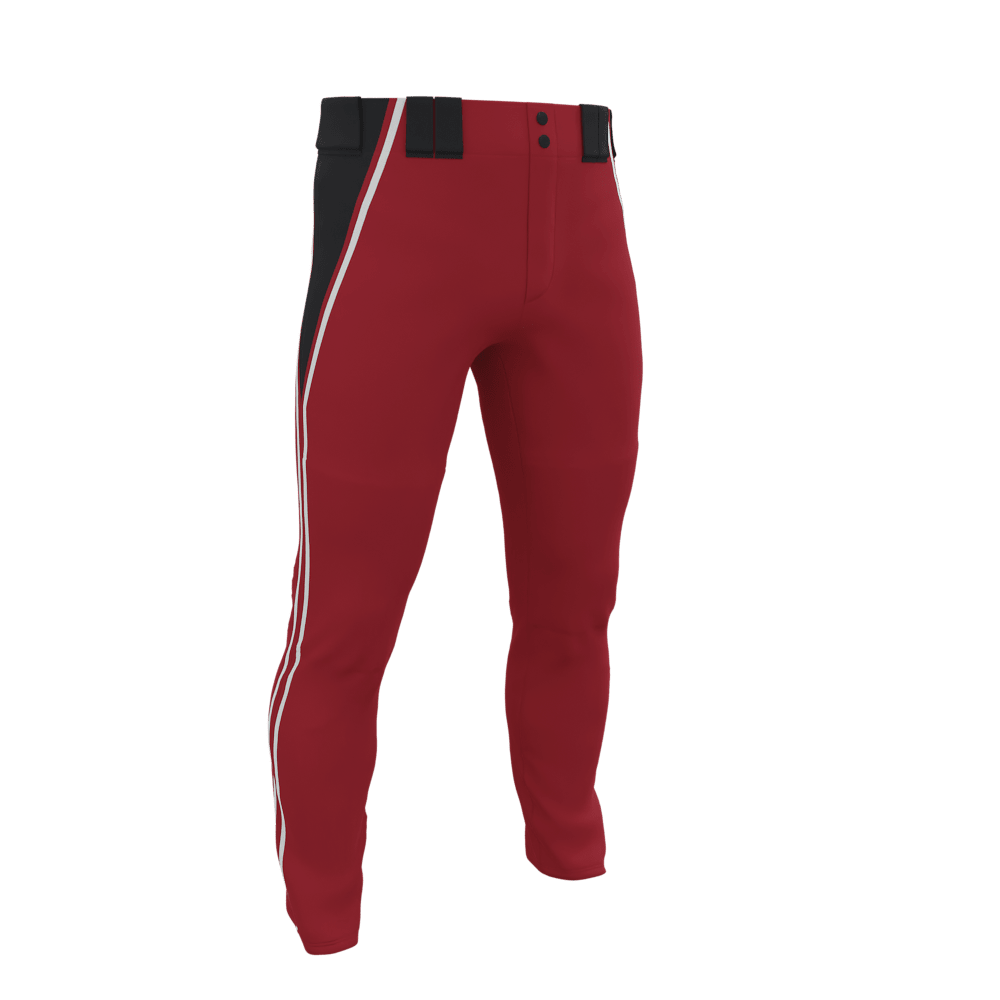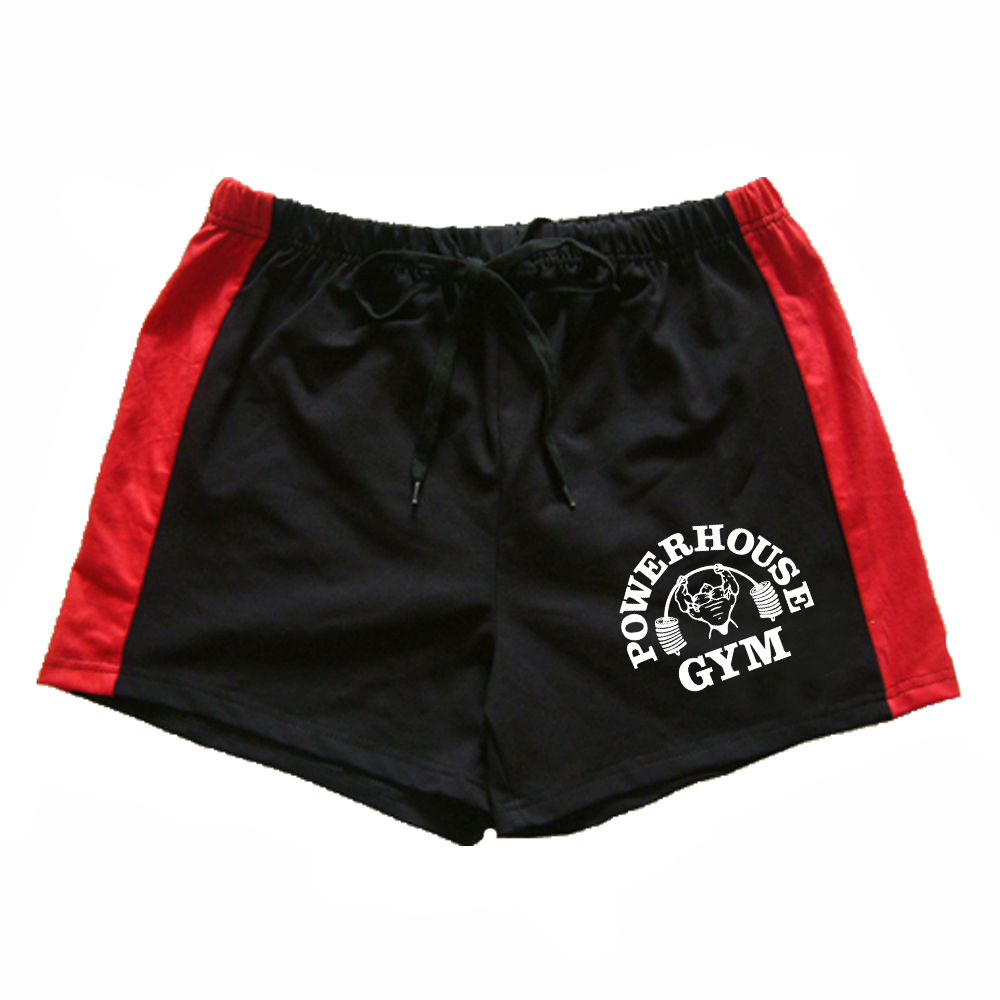
Baseball pants serve both functional and aesthetic purposes, providing players with the necessary comfort and flexibility while also contributing to their overall appearance on the field. One key decision that players must make when choosing baseball pants is whether to opt for a baggy or form-fitting style. This essay explores the different style and fit options available for baseball pants, weighing the advantages and disadvantages of baggy and form-fitting designs and their impact on player performance and aesthetics.
Baggy Baseball Pants: Baggy baseball pants were prevalent in the early days of the sport and continue to be a popular choice among players today. These pants feature a loose, relaxed fit that allows for a greater range of motion and increased airflow. Baggy pants are often associated with a traditional and classic look, reminiscent of baseball’s origins.
Advantages of Baggy Baseball Pants:
- Comfort: Baggy pants offer a relaxed fit that can enhance player comfort, allowing for unrestricted movement and reducing constriction during gameplay.
- Concealment: The baggy style of these pants can help hide protective gear, such as sliding pads or knee braces, beneath the fabric.
- Aesthetic Appeal: Some players prefer the traditional and nostalgic look of baggy baseball pants, appreciating their timeless charm and association with the sport’s history.
Disadvantages of Baggy Baseball Pants:
- Weight: Baggy pants tend to be heavier due to the extra fabric, which can potentially affect a player’s speed and agility on the field.
- Appearance: While some players appreciate the classic look of baggy pants, others may find them less aesthetically pleasing or feel that they lack a modern edge.
- Potential Interference: The excess fabric in baggy pants can catch on equipment or obstacles, potentially causing tripping or hindering performance.
Form-Fitting Baseball Pants: Form-fitting baseball pants have gained popularity in recent years, offering a sleek and modern alternative to the baggy style. These pants feature a snug fit that contours to the player’s body, showcasing their physique and providing a streamlined appearance.
Advantages of Form-Fitting Baseball Pants:
- Enhanced Mobility: The close fit of form-fitting pants allows for excellent freedom of movement, ensuring that the fabric does not interfere with a player’s actions on the field.
- Lightweight: Form-fitting pants are typically made from lightweight materials, contributing to a player’s agility and overall comfort.
- Aesthetic Appeal: Many players appreciate the modern and athletic look of form-fitting pants, which can enhance confidence and present a more polished image on the field.
Disadvantages of Form-Fitting Baseball Pants:
- Comfort Considerations: Some players may find the snug fit of form-fitting pants less comfortable than baggy alternatives, particularly during extended periods of wear.
- Limited Concealment: The close fit of these pants may make it challenging to conceal protective gear, which could be a concern for players who prefer to wear additional padding or sliding pads.
- Aesthetic Preferences: While many players embrace the streamlined look of form-fitting pants, others may have personal style preferences that lean towards a looser fit or a more traditional appearance.
Choosing the Right Style and Fit: The decision between baggy and form-fitting baseball pants ultimately boils down to personal preference, with various factors to consider. Players should take into account their comfort, freedom of movement, aesthetic preferences, and any league or team regulations regarding uniform style. Trying on both styles and experimenting with different fits can provide valuable insights into which option best suits individual players’ needs.
Conclusion: The style and fit of baseball pants play a significant role in both the comfort and aesthetics of players on the field. Baggy pants offer a relaxed fit, classic aesthetic, and ease of movement, while form-fitting pants provide a modern, streamlined look and enhanced mobility. Ultimately, the choice between baggy and form-fitting baseball pants relies on personal preference and the specific requirements of the player and their team. By carefully considering the advantages and disadvantages of each option, players can make an informed decision that enhances both their performance and their confidence on the baseball field.

